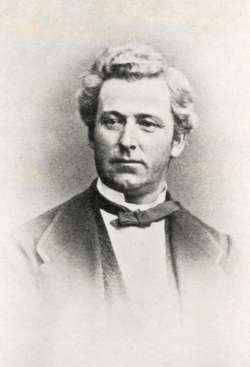Contents
- The development of the Danson Estate between Bexleyheath and Welling
- Pattern of development
- Architecture and plans
- Planning issues
- Essential Services
- Transport Links
- Hospitals and Schools
- Public Libraries and Parks
- Churches
- Conclusion
- Bibliography
- Sources
Danson: A private development of the 1930s
The development of the Danson Estate between Bexleyheath and Welling
The first plans for the development of Welling as a residential suburb were drawn up by Alfred Bean, owner of the Danson Estate in Bexleyheath. An engineer by profession, Bean in 1881 began promoting the construction of a new railway line from Lewisham to Dartford, via Bexleyheath. The South-Eastern Railway Company was unwilling to back the venture, so Bean formed his own company with the assistance of other local landowners and secured the necessary Act of Parliament two years later.
The railway did not make money, but then this had never been its principal purpose. The invention of new refrigeration techniques that allowed the importing of food from America and the Colonies had brought about a great agricultural depression, dramatically reducing the value of farmland in England. Bean saw the wisdom of converting his rural estate into residential property. From 1880 he held the post of Chairman of Bexley Local Board. The Board was the forerunner of Bexley Council, with responsibility for planning, highways, sanitation and other essential services. In this position he was able to lay the foundations of the new community. In addition he gave land for an iron church, which later developed into St Johnís, Welling, and used part of his own fortune to build Welling Elementary School and Bexley Cottage Hospital.
When Bean died in 1890 his will provided for his trustees to sell land from the Danson Estate for the building of squares, crescents with gardens, streets, roads and main sewers. But nothing came of these plans. The railway was completed in 1895 under the chairmanship of Beanís son, Alfred William Thomas Bean. Only after the death of Alfred Beanís widow in 1921 was the estate finally placed on the market. The 582 acres, 3 rods and 11 perches were divided into 23 lots Ė of which 22, amounting to 358 acres 2 rods and 6 perches, were sold for a total of £26,210. Bexley Council acquired the manor house and the remaining 224 acres 1 rod and 5 perches two years later.
†